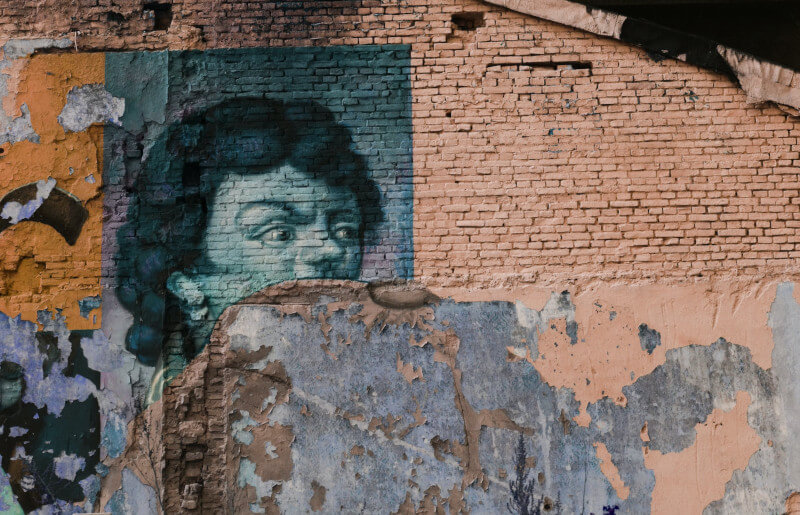Unicorns have been a part of folklore around the world for generations; nevertheless, few people expected to find one in the middle of Southern Africa! This region, rich with history and teeming with unique and fascinating species of flora and fauna, has long-hidden stories that continue to astound and captivate us.
The next shock is the Southern African version of the unicorn. Sure, you’re right. Among the region’s impressive rock art, we find unique images of creatures with a single horn. They pique our interest in the unknown and encourage us to speculate about the stories they may hold by being both exotic and intriguing.
The mystical, legendary unicorn has historical precedents in many different cultures, from the Romans to the Celts and beyond. But what happens when these well-known signs of magic encounter the deep folklore of Southern Africa?
In South Africa, indigenous beliefs about these unicorn-like creatures interacted with colonial European ideals. Interesting research highlighting the area’s rock art identified and discussed this cultural contact.
Disregarded or Exaggerated?
Unicorns were slowly disproved as mythical creatures rather than real ones as the era of natural science progressed. However, the idea that they existed in Africa’s “undiscovered wilds” remained. Sir John Barrow, an English traveller, writer, and politician, set out in the 18th century to find these elusive creatures after hearing reports that they were depicted in San rock drawings.
The appearance of a unicorn in the Eastern Cape Mountains was traced back to his research. Many, though, scoffed at his assertion. Several people have pointed out that the ‘unicorns’ in the artwork may be gemsbok or South African oryxes, two types of antelope with long, straight horns, or even rhinos, seen from the side.
However, you shouldn’t write off the unicorn just yet. In light of recent findings, the case that the San rock drawings show one-horned creatures has been strengthened.
Rain Animals
It has been discovered that the ‘unicorns’ of Southern Africa are a component of a much larger and more complex cultural mythology. ‘Rain animals’ is a word used to describe the animal-like forms of rain in indigenous beliefs.
These rain creatures appear in a wide variety of myths, legends, and works of art created by the San people. San rainmakers kidnap and kill them in rituals meant to bring rain to certain areas.
One-horned animals that closely resemble our conception of unicorns are among these rain dwellers. Perhaps the closest we’ve come to solving the unicorn mystery is in a fascinating story recorded by Lucy Lloyd in which a |Xam man recounts a ‘water child’ or juvenile rain animal with a single horn.
Meeting of the Minds
Native peoples all around the world were introduced to the concept of unicorns as European conquest spread. Beliefs from other cultures permeated into local art and subsequently affected its development. Unlike the eland antelope, whose horns point backward, the horns of other species depicted in colonial-era rock art point upwards or forwards, like the European unicorn.
These fantastic animals, which are neither rhinos nor antelope nor the stuff of European myth, represent a fascinating synthesis of non-native and native worldviews. The striking similarities between European unicorns and Southern African ‘unicorns’ appear to be an example of cultural fusion, enriching the region’s already diverse past.
This remarkable find demonstrates once again the continuing availability of new and exciting perspectives on Southern Africa’s rich cultural and historical histories. Our unicorns in rock art are wonderful evidence of the power of cultural interaction and a tribute to the region’s complex and ever-changing past.
About the Author:
Edmore Nkosi is a riveting South African journalist, specializing in entertainment and current affairs. With his unique ability to blend pop culture with real-world events, Edmore has carved a niche in providing captivating narratives that resonate with a diverse readership.




